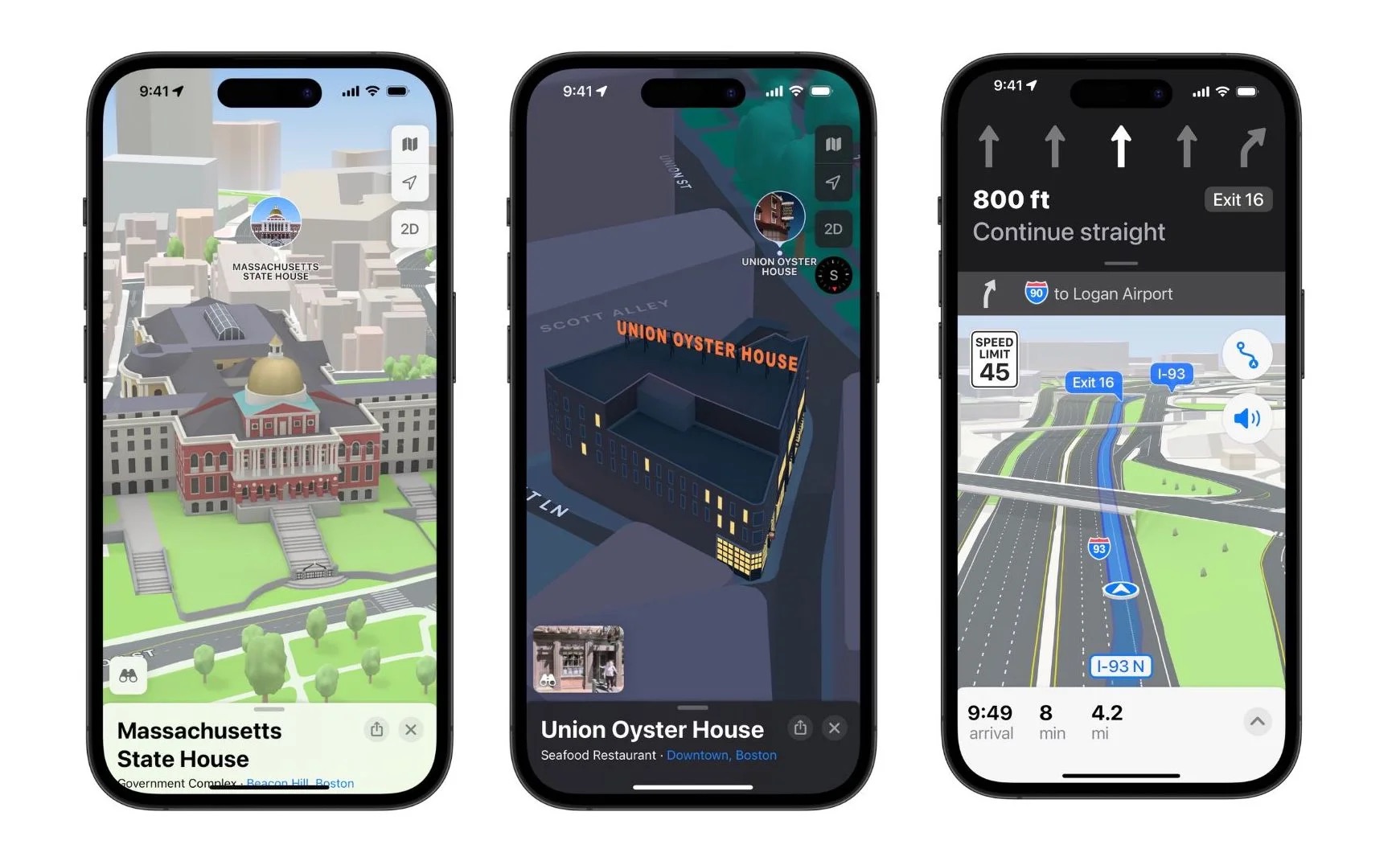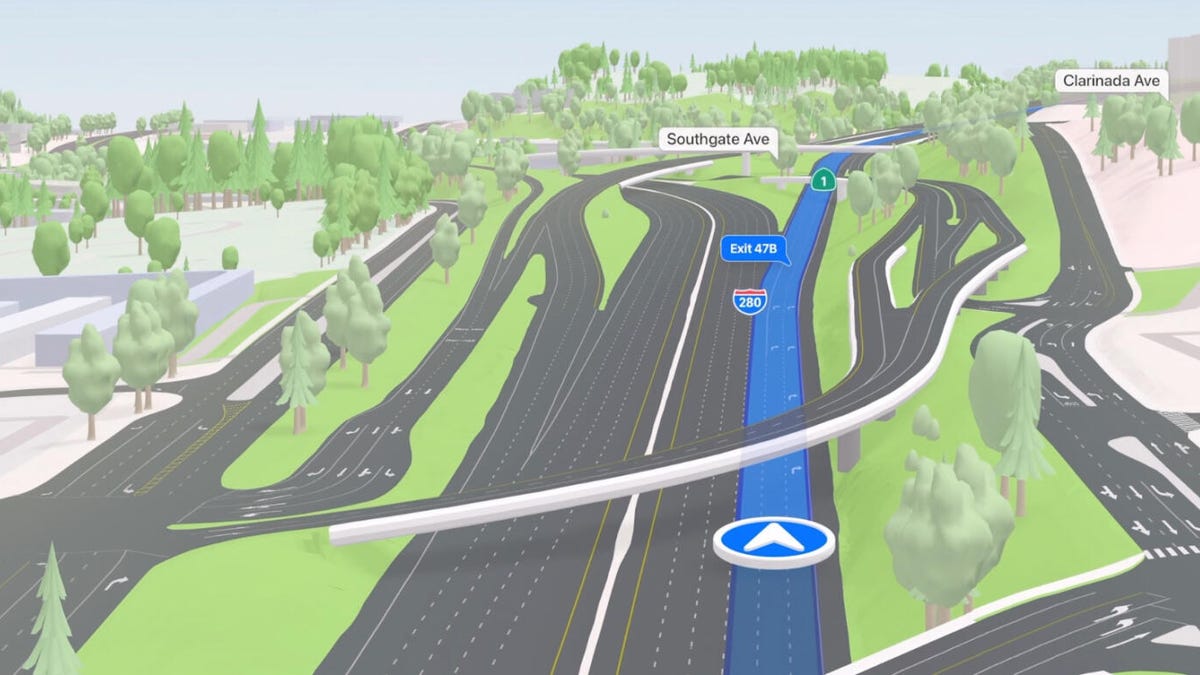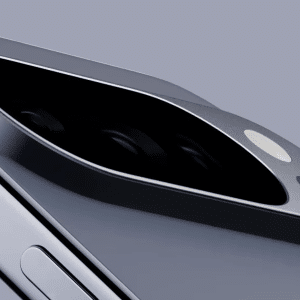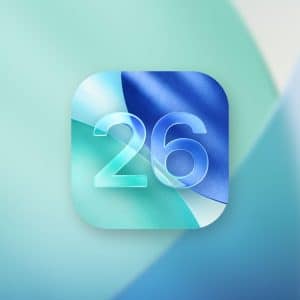In its latest update, iOS 17.2, Apple has embarked on a mission to refine the augmented reality (AR) capabilities within its Maps application. A newly released support document details the company’s efforts to enhance both the speed and accuracy of AR features in Maps, particularly focusing on immersive walking directions and the refine location option.
The crux of this enhancement lies in Apple’s collection of “feature points”, which are essentially digital markers identifying the shape and appearance of static objects, such as buildings. Importantly, this process does not involve the capture of photos or images. Instead, these feature points, undecipherable by humans, serve as data points for machine learning algorithms.
Apple’s approach utilizes on-device machine learning to cross-reference these feature points with existing Apple Maps data. This process is cleverly designed to filter out moving entities like people and vehicles, focusing solely on static objects. This intricate comparison allows Maps to accurately determine a user’s location, thereby allowing for more precise walking directions augmented with real-world context.
In addition to refining user experience, Apple prioritizes data security and privacy. The collected data is encrypted and anonymized, ensuring no association with individual users or Apple IDs. To further safeguard privacy, the company employs a method of adding “noise” to the feature point data. This technique introduces variations that effectively thwart any improbable attempts to reconstruct an image from this data.
Apple assures that only a highly advanced attacker with access to its proprietary encoding system could potentially recreate an image from the feature points. However, due to the stringent encryption and Apple’s exclusive control over the data, such an event is highly unlikely.
For users who prefer to opt out of this data collection, Apple provides a simple solution. The “Improve AR Location Accuracy” setting can be toggled off in the Settings app under Privacy and Security, followed by Analytics and Improvements.

This gives users the freedom to choose their level of participation in Apple’s AR enhancement efforts.













